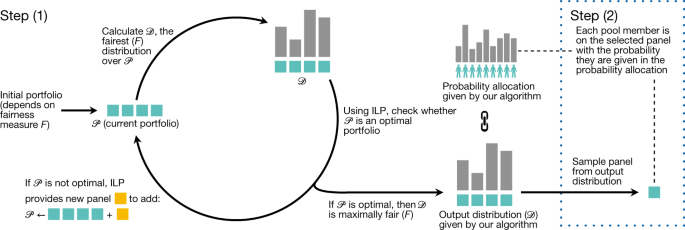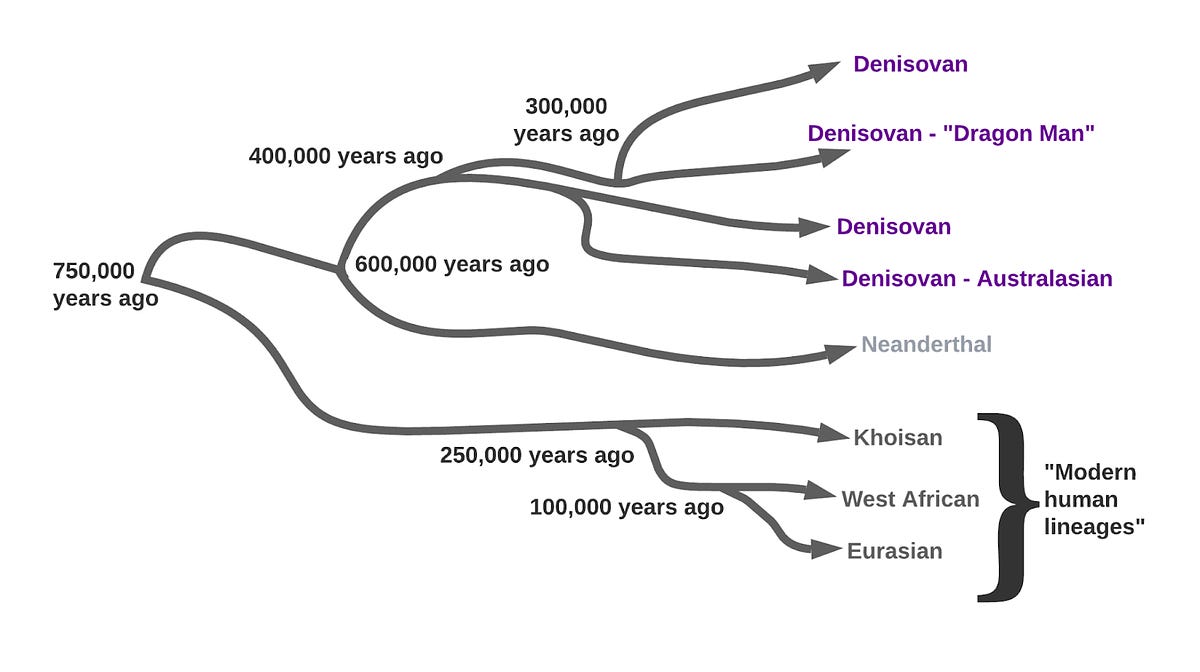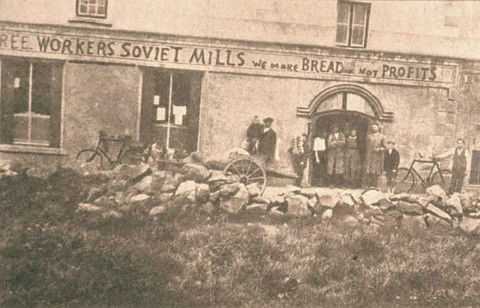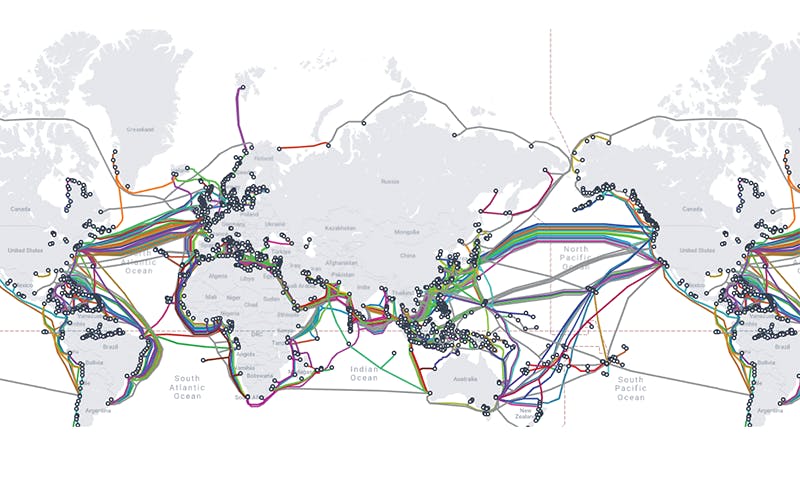Population of Ireland 1500 to 2000
There are no reliable population figures for Ireland before 1841, however estimates (often based on Hearth Money Returns) have been carried as far back as 1700. These figures show that Ireland's population rose slowly from around 3 million in 1700 until the last half of the 18th century when it had reached 4 million. The increase in the population was not smooth during this century, having reached 3.25 million by 1740, the famine at that time wiped out 400,000 people, or about 1 in 8 of the entire population. The population then continued to increase till it reached around 4 million by 1800.
It then entered a rapid period of increase (around 1.6% per annum) which appears to have slowed to 0.6% by 1830. By 1841, the population had reached 8.2 million (according to the census, but the actual figure may be nearer 8.5 million). The population would probably have reached a value of 9 million had it not been for the famine that began in 1845. The following graph shows Ireland's population since 1100.
Emigration has been a feature of Irish history more than almost any other country in the world. This is shown by the fact that, apart from the 5 million people in Ireland, there are an estimated 55 million people worldwide who can trace their ancestry back to Ireland. Although the most awesome levels of emigration were to occur during and immediately after the famine, it would be a mistake to think that emigration began in 1845. In fact, there had been mass emigration from Ireland long before the famine. In this period, the Irish accounted for a third of all voluntary traffic across the Atlantic. These emigrants were mainly from Ulster and Leinster, with fewer coming from the poorer areas of Connaught and Munster.















/cdn.vox-cdn.com/uploads/chorus_asset/file/23641763/acastro_220614_5290_0001.jpg)






/cdn.vox-cdn.com/uploads/chorus_asset/file/25735095/casio1.jpg)

